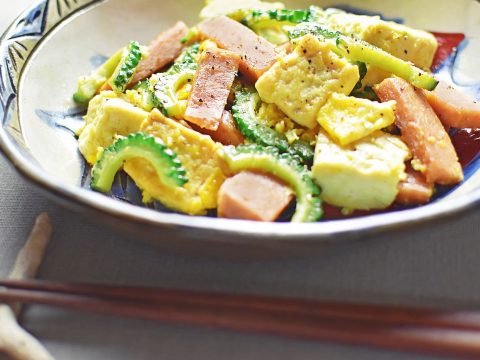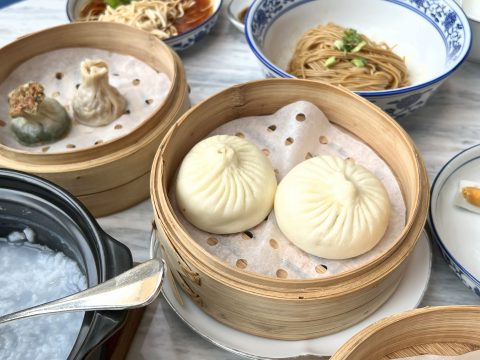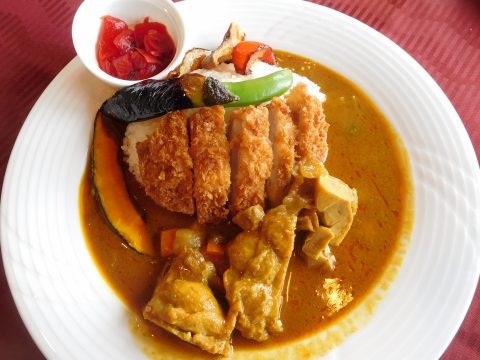Hanko Stamps(判子)
WORK’IN JAPAN
22.06.2023

When I first moved to Japan, I remember having a peculiar experience at the local municipal office. Amongst the boring VISA documents and registrations, there was an awful lot of signing to do. As with any official business in any country, I suppose, signing on the dotted line remains an integral part of official business in Japan.
However, the more and more documents I signed in my scribbly little English signature, a question popped into my mind: how do Japanese people sign documents?
Initially, I assumed they would simply write their name in print. But I noticed that the documents I was signing in the little municipal office provided a space at the end of some pages for a “Hanko stamp.”
What is Hanko?
Hanko (判子) stamps, also known as to as inkan or “name seals,” serve as personal identification tools in Japan. They have the person’s name carved or engraved on them and are typically made of wood, stone, or plastic. In Japan, hanko stamps are widely used in both personal and business settings.
Hanko stamps are important in Japanese society for several reasons:
1. Personal Identification
- These stamps are used in Japan as either a personal signature or an official seal and recognised as a signature equivalent. They are used to validate official paperwork, contracts, bank documents, and even voting forms.
2. Security and Trust
- The use of hanko stamps adds a layer of authenticity to official documents. Each hanko stamp is unique, making it difficult to forge. This helps to establish trust and ensures the integrity of important paperwork
3. Formality and Etiquette
- Formality and respect in business are incredibly important in Japan. The use of hanko stamps is often expected in professional settings as a reflection of these values.

Types of Hanko
Jitsuin (実印)
This is an individual’s officially registered seal that must be registered at a town hall. These certificates are usually required to prove that the seal belongs to you and not someone else. It is required for tasks such as establishing a company or obtaining a loan.
Ginkoin (銀行印)
A ginkoin is exclusively used at the bank. This means that instead of registering the hanko stamp with the city hall, it must be registered at the bank. Whenever you need to perform a transaction at the bank, ensure that you have your ginkoin with you.
Mitomein (認め印)
The term “mitome“ translates to “approval,” and this seal is intended for personal use. A mitomein is not registered anywhere and does not hold the same legal binding status as a jitsuin. This makes it more convenient for tasks like signing for a package.
However, technically you can use a single hanko stamp for all these different situations.

Where to get a Hanko stamp
There are many options for receiving your very own Hanko stamp; either at online stores or real-life Hankoya.
Prices for Hanko can range from relatively cheap to all the way into the tens of thousands of yen. However, if you’re just looking for one on the cheaper side, your local stores as Don Quijote (a Japanese supermarket chain, not the fictional character!) should have a machine that can make you a Hanko stamp for about 500 yen (around $3.59 USD).
Or you can find pre-made Hanko stamps with common Japanese names for as little as 100 yen. However, personalised stamps can be made with foreign names written in Katakana, so not to worry!
For official use, Hanko stamps should be registered at the inkan registration section of your local municipal office.

For business in Japan, Hanko stamps hold a lot of significance, but they can also make pretty cool souvenirs!

Ella Clayton
Ella Clayton is a food writer, traveler, and all-around Japan enthusiast. Studying in Japan for her bachelor’s degree, she has ventured from Kansai and Kanto, and can say definitely: Osaka style Okonomiyaki is the best.
Read previous articles by the writer
Read latest articles
KEYWORDS
- # PICKPICK
- # Resume
- # alcohol
- # Rice
- # Soup
- # winter food
- # Fast Food
- # seafood
- # spicy foods
- # raw food
- # fermented food
- # Transportation
- # MEAT
- # Edo culture
- # suits
- # clothing
- # drink
- # fish
- # seasoning
- # Japanese New Years Foods
- # Toshikoshi soba
- # Osechi Ryori
- # Ozoni
- # Christmas
- # Japanese fusion pasta
- # Wafu Pasta
- # Japanese Hot Pot
- # なべ
- # 鍋
- # Miyazaki
- # Chicken Nanban
- # Karamen
- # Autumn Wagashi
- # Mushi-yokan
- # Imo-yokan
- # Japanese Autumn Fruits
- # Autumn
- # Vending Machine
- # fall
- # dango
- # Chestnut rice
- # saury
- # Mushroom
- # Rice vinegar
- # Japanese condiments
- # 調味料
- # Sake
- # Mirin
- # Soy sauce
- # Japanese Noodles
- # Udon
- # Ramen
- # Yakisoba
- # Soba
- # Japanese Seaweed
- # 海藻
- # かいそう
- # Payslip
- # Training
- # Japanese summer foods
- # 和菓子
- # Wagashi
- # ryokucha
- # 夏
- # 飲み物
- # Ramune
- # ラムネ
- # Pokari Sweat
- # ポカリスエット
- # Calpis
- # カルピス
- # Mugicha
- # ume
- # 梅
- # うめ
- # umeshu
- # job hunting
- # tofu
- # Recruitment in Japan
- # miso
- # Japanese cuisine
- # Yellowtail and bonito
- # Children’s Day
- # Kashiwa Mochi
- # Chimaki
- # fruits
- # Kusamochi
- # Types of Agriculture in Japan
- # bread
- # パン
- # パン屋さん
- # japanese bread
- # shokupan
- # meal blead
- # anko bread
- # 桜
- # さくら
- # cherry blossom
- # visa
- # hanami
- # omotenashi
- # sakura
- # おもてなし
- # Japanese hospitality
- # oshibori
- # wet hand towel
- # hand towel
- # restaurant
- # Commuting in Japan
- # Women-only cars
- # Exit gate
- # japanese train
- # train
- # valentine
- # Japanese sweets
- # 朝食
- # Japanese Breakfast
- # Breakfast
- # Japanese
- # 日本
- # healthy
- # persimmons
- # hoshigaki
- # HR
- # work in Japan
- # jinji ido
- # corporate systems
- # Japanese work culture
- # bento
- # ekiben
- # shinkansen
- # omiyage
- # train station
- # Japanese culture
- # work culture
- # mentaiko
- # umeboshi
- # Japanese snacks
- # potato chips
- # Japanese potato chips
- # Japanese writing
- # seaweed
- # konbu
- # ocean foods
- # shio konbu
- # dashi
- # miso soup
- # food processing
- # pear
- # nashi
- # sweet potato
- # japanese sweet potato
- # stingray
- # satsuma imo
- # food value chain
- # homecooking
- # agriculture
- # Japanese homecooking
- # farming
- # nikujaga
- # shojin ryori
- # meat and potatoes
- # traditional foods
- # comfort food
- # buddhist food
- # manufacturing
- # factory
- # eihire
- # vegetarian
- # food and beverage
- # izakaya
- # yatai
- # japanese festival
- # taiyaki
- # matsuri
- # summer
- # Ikayaki
- # smart agriculture
- # shaved ice
- # kakigori
- # かき氷
- # summer dessert
- # Japan
- # Japanese foods
- # dessert
- # fruit
- # matcha
- # icecream
- # Pikcup
- # Pikc up
- # Pcikup
- # skilled labor visa
- # working visa japan
- # Dineer Table in Japan
- # Japanese manner
- # Japanese food
- # Japanese Table Manner
- # Chopsticks
- # Japanese traffic signs
- # traffic information
- # road rules in Japan
- # chocolate
- # green tea
- # Osaka
- # Work Japan
- # Japanese company
- # ikura
- # sushi
- # nigiri
- # wasabi
- # PCIK
- # PICK UP
- # PICK
- # PICKUP








